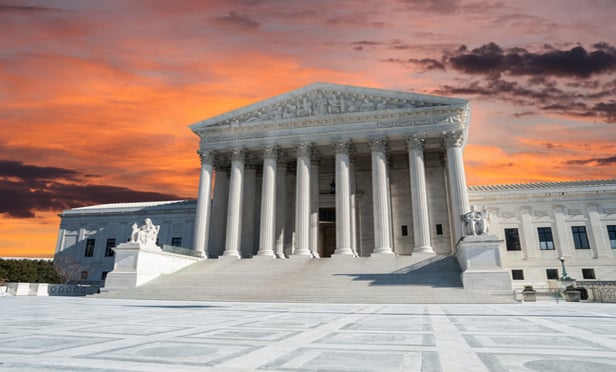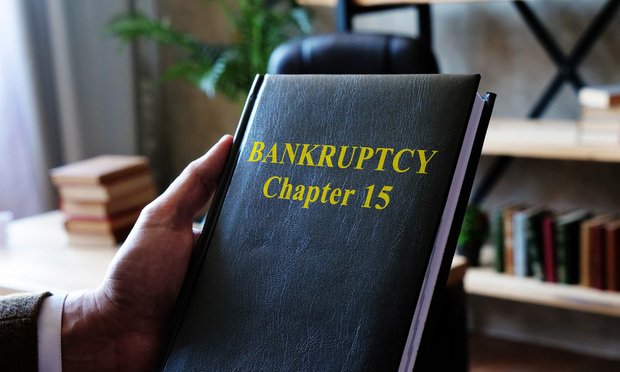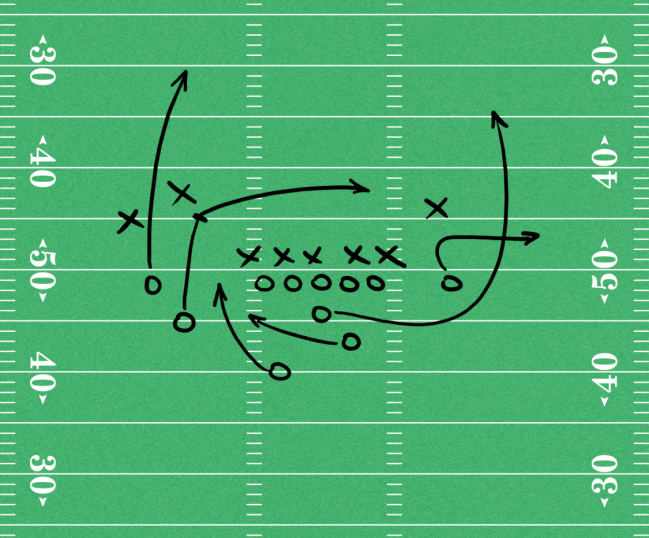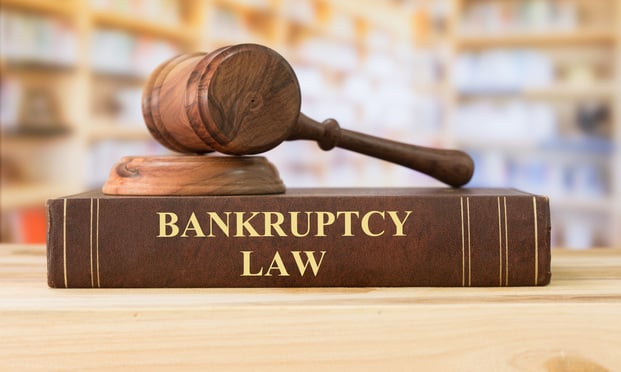Features

I Got Royalties, Babe: L.A. Federal Court Sides With Cher On Income from Sonny's Song Interests
The U.S. District Court for the Central District of California has decided that the termination by Mary Bono of grants made by her late husband Sonny Bono under the copyright-assignment termination provision of the Copyright Act didn't affect royalty rights under a 1978 marital settlement agreement between Sonny and ex-wife Cher.
Features

Compliance Requirements of CISA's Proposed Cyber Incident Reporting Rule
This article focuses on the requirements of CISA's proposed cyber incident reporting rule, the compliance requirements for covered entities and the steps entities can take to protect themselves.
Features

Supreme Court Limits Impact Fees
In April, the U.S. Supreme Court decided Sheetz v. County of El Dorado, holding that legislatively-imposed fees on development are subject to the same constitutional scrutiny as fees imposed by administrative bodies. The Court's decision may have an impact on fees New York municipalities impose on developers in lieu of developer-provided parkland.
Features

Courts Split Over Requirement for Chapter 15 Jurisdiction In the U.S.
If a foreign debtor doesn't reside in, have a domicile or place of business in, or have property in the U.S., can the foreign representative of the debtor utilize Chapter 15 to obtain discovery to use in the foreign proceeding?
Features

How Law Firms are Reducing Redundant Real Estate by Bringing Onsite Support Services Back to the Office
The COVID-19 pandemic disrupted the industry in many ways, pushing law firms to rapidly adopt remote work solutions, digital transformation and cost cutting measures. While some adjustments proved effective, most industry leaders are prioritizing higher office attendance as a measure for future success.
Features

Guidance on the Enforceability of Lockup Provisions
A recent decision from Chief Judge Glenn of the Southern District of New York Bankruptcy Court provides clarity to creditors and debtors alike in cases where the parties' settlement negotiations include an agreement requiring a creditor to support the debtor's Chapter 11 plan.
Features

A Playbook for Disrupting Traditional CRM
Here's the playbook for disruption: Take attorneys out of the equation. Stop building CRM that succeeds or fails on their shoulders. We need to shift the focus and, instead, build the technology from the ground up for the professionals who actually use it: marketing and business development.
Features

Lessons Learned Through the Patent Trial and Appeal Board's Legal Experience and Advancement Program
To help prepare practitioners for oral advocacy before the PTAB, the USPTO offers free training on all aspects of conducting arguments before the PTAB, including how to improve oral advocacy, use of demonstratives, effective use of hearing time, decorum, logistics of an oral hearing, and more.
Features

NY Appellate Court Provides Practical Guide to Commercial Landlord's Bankruptcy Damage Claims
The Southern District of New York affirmed a bankruptcy court's holding that the statutory cap on a landlord's damage claim "applies to [its] claim against a [Chapter 11] debtor-guarantor."
Features

Protecting Privacy and Sensitive Data In Era of Neurotechnologies
Scientists have been collecting neural data from the brain for medical reasons for years, with myriad regulatory constraints in place. But in 2024, technologies are moving fast and furiously into the realm of consumer products.
Need Help?
- Prefer an IP authenticated environment? Request a transition or call 800-756-8993.
- Need other assistance? email Customer Service or call 1-877-256-2472.
MOST POPULAR STORIES
- The 'Sophisticated Insured' DefenseA majority of courts consider the <i>contra proferentem</i> doctrine to be a pillar of insurance law. The doctrine requires ambiguous terms in an insurance policy to be construed against the insurer and in favor of coverage for the insured. A prominent rationale behind the doctrine is that insurance policies are usually standard-form contracts drafted entirely by insurers.Read More ›
- The Brave New World of Cybersecurity Due Diligence in Mergers and Acquisitions: Pitfalls and OpportunitiesLike poorly-behaved school children, new technologies and intellectual property (IP) are increasingly disrupting the M&A establishment. Cybersecurity has become the latest disruptive newcomer to the M&A party.Read More ›
- A Lawyer's System for Active ReadingActive reading comprises many daily tasks lawyers engage in, including highlighting, annotating, note taking, comparing and searching texts. It demands more than flipping or turning pages.Read More ›
- Abandoned and Unused Cables: A Hidden Liability Under the 2002 National Electric CodeIn an effort to minimize the release of toxic gasses from cables in the event of fire, the 2002 version of the National Electric Code ("NEC"), promulgated by the National Fire Protection Association, sets forth new guidelines requiring that abandoned cables must be removed from buildings unless they are located in metal raceways or tagged "For Future Use." While the NEC is not, in itself, binding law, most jurisdictions in the United States adopt the NEC by reference in their state or local building and fire codes. Thus, noncompliance with the recent NEC guidelines will likely mean that a building is in violation of a building or fire code. If so, the building owner may also be in breach of agreements with tenants and lenders and may be jeopardizing its fire insurance coverage. Even in jurisdictions where the 2002 NEC has not been adopted, it may be argued that the guidelines represent the standard of reasonable care and could result in tort liability for the landlord if toxic gasses from abandoned cables are emitted in a fire. With these potential liabilities in mind, this article discusses: 1) how to address the abandoned wires and cables currently located within the risers, ceilings and other areas of properties, and 2) additional considerations in the placement and removal of telecommunications cables going forward.Read More ›
- The New York Uniform Commercial Code Comes of AgeParties in large non-consumer transactions with no connection whatsoever to New York often choose its law to govern their transactions, and New York statutes permit them to do so. What most people do not know is that the New York Uniform Commercial Code is outdated.Read More ›
